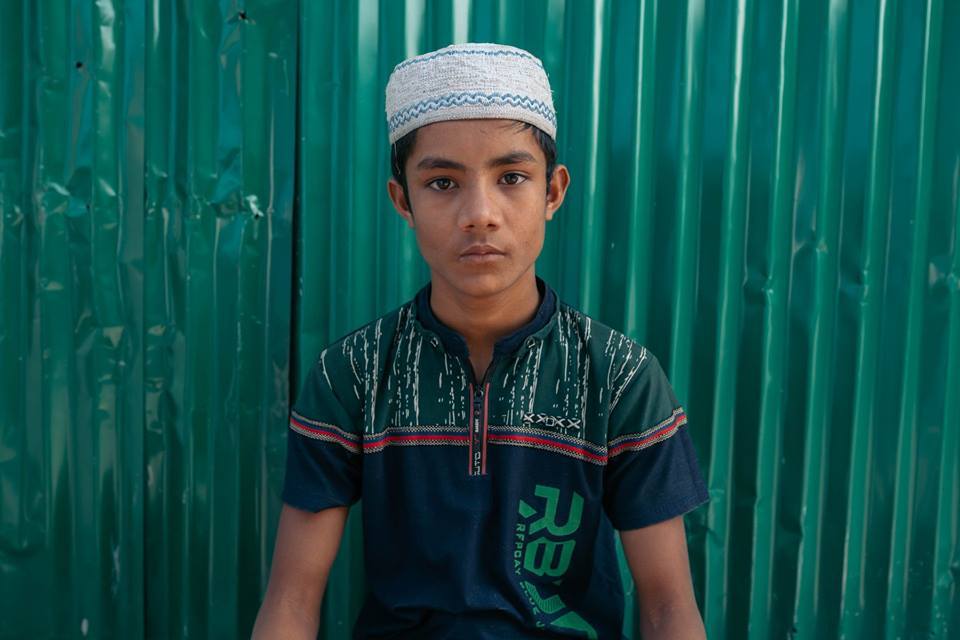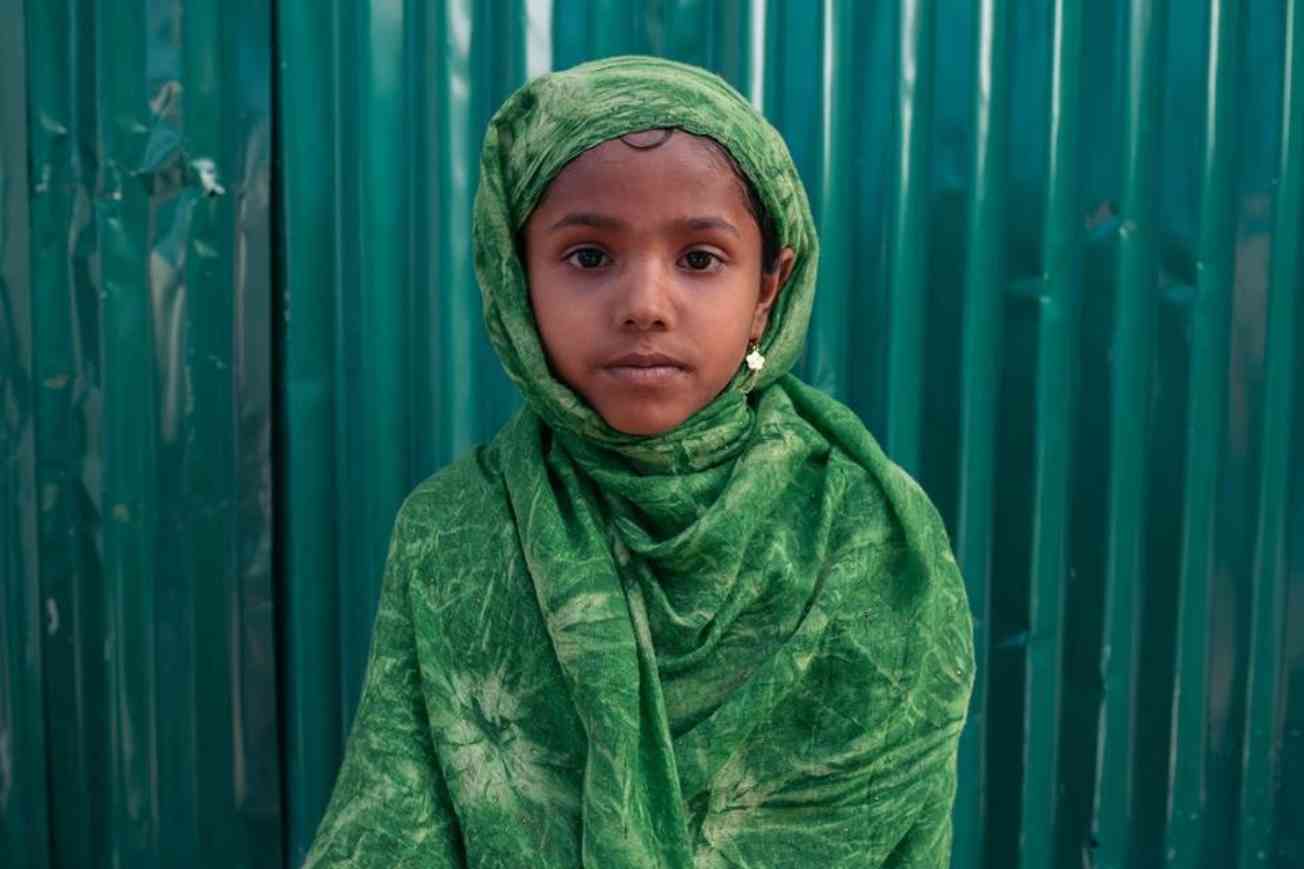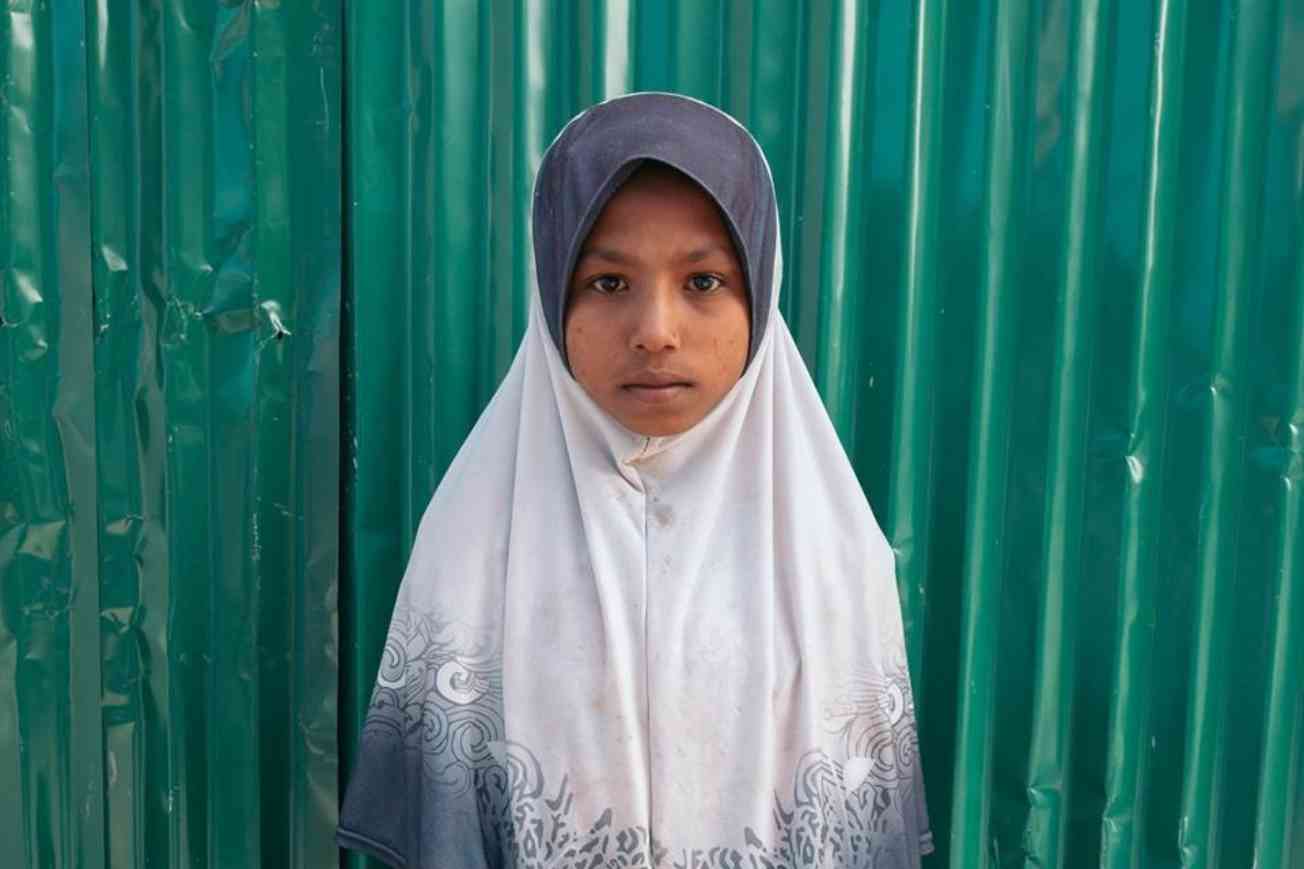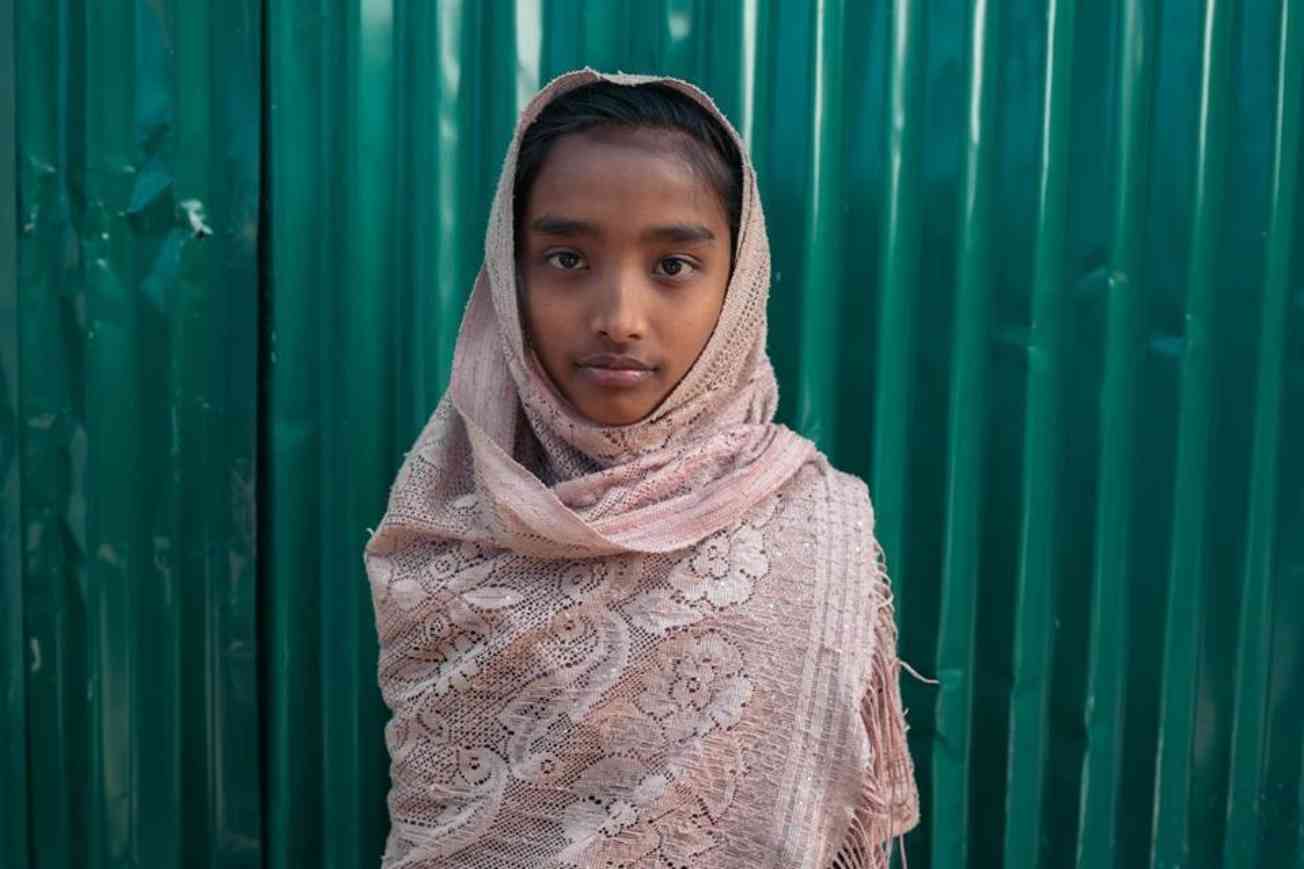The 'lost' generation of Rohingya children

Their Story is Our Story (TSOS) is currently in Bangladesh to gather the stories of some of the 725,000 Rohingya refugees who have escaped extreme violence in Myanmar and who now live in Cox’s Bazar - the largest refugee settlement in the world where, according to UNHCR, over half of the residents are children.
Christophe Mortier, our Director of Photography and Portraitist of France 2017, has created a series of portraits of some of the Rohingya children we met on the ground who have been forced to flee for their lives.
Since 2017, half a million Rohingya children have escaped Myanmar and traveled hundreds of miles to the “safety” of Cox’s Bazar refugee settlement in Bangladesh. Many leave all that they know and love - the home country where they are denied citizenship - often with nothing but the memory of having watched one or both of their parents killed in front of them. Many have been orphaned or separated from their families and travel alone at severe risk of trafficking and sexual abuse. The journey out of Myanmar is desperate and the conditions treacherous; the children risk landslides as a result of intense rainfall, extreme heat, exhaustion and starvation.
Children form more than fifty percent of the Rohingya living in Cox’s Bazar refugee settlement. They are safe from the Myanmar military, but now they are living in overcrowded and unsanitary living conditions, and are at risk of life-threatening cholera or acute watery diarrhoea. Aid workers race to strengthen shelters ahead of monsoon season. They are exposed to alarming risks of abuse and child labour thus forcing Rohingya girls to remain largely confined to their tents. More than 450,000 school-age Rohingya children are currently out of school. Save the Children International CEO, Helle Thorning-Schmidt refers to it as a “child protection disaster waiting to happen”. Unicef spokesman, Alastair Lawson-Tancred says that “there is a danger that we might be facing a lost generation”.




These children live in limbo; they have been forced to grow up quickly and yet are unable to look forward, due to the distinct lack of education opportunities. During our time in Cox’s Bazar, we continue to be overwhelmed by the enthusiasm and the smiles that greet us when we meet some of the children in the camp. They have reached for our hands, sung nursery rhymes with us, shared their magic.
These children are not ready to give up.
Tomorrow, we will posting our fourth diary entry of our story-gathering trip to Cox’s Bazar, Bangladesh. Read yesterday’s entry.
HOW YOU CAN HELP
Share refugee stories online and in life amongst your friends and colleagues to help challenge misconceptions and misunderstandings about refugees to aid integration and acculturation in communities.
Donate to Their Story is Our Story (TSOS) so that we can continue sharing refugees’ personal stories.
Donate to Hope Foundation for Women and Children of Bangladesh so that Hope Field Hospital for Women can continue to provide a safe haven for women and children inside the Refugee Camps.
Get involved with HumaniTerra by donating funds or volunteering to work on the ground to help rebuild the care system in a sustainable way.
Donate to Unicef or Save the Children to help build temporary safe spaces for Rohingya children to go to school.
Author: Emma Nobes
Image credit: Christophe Mortier